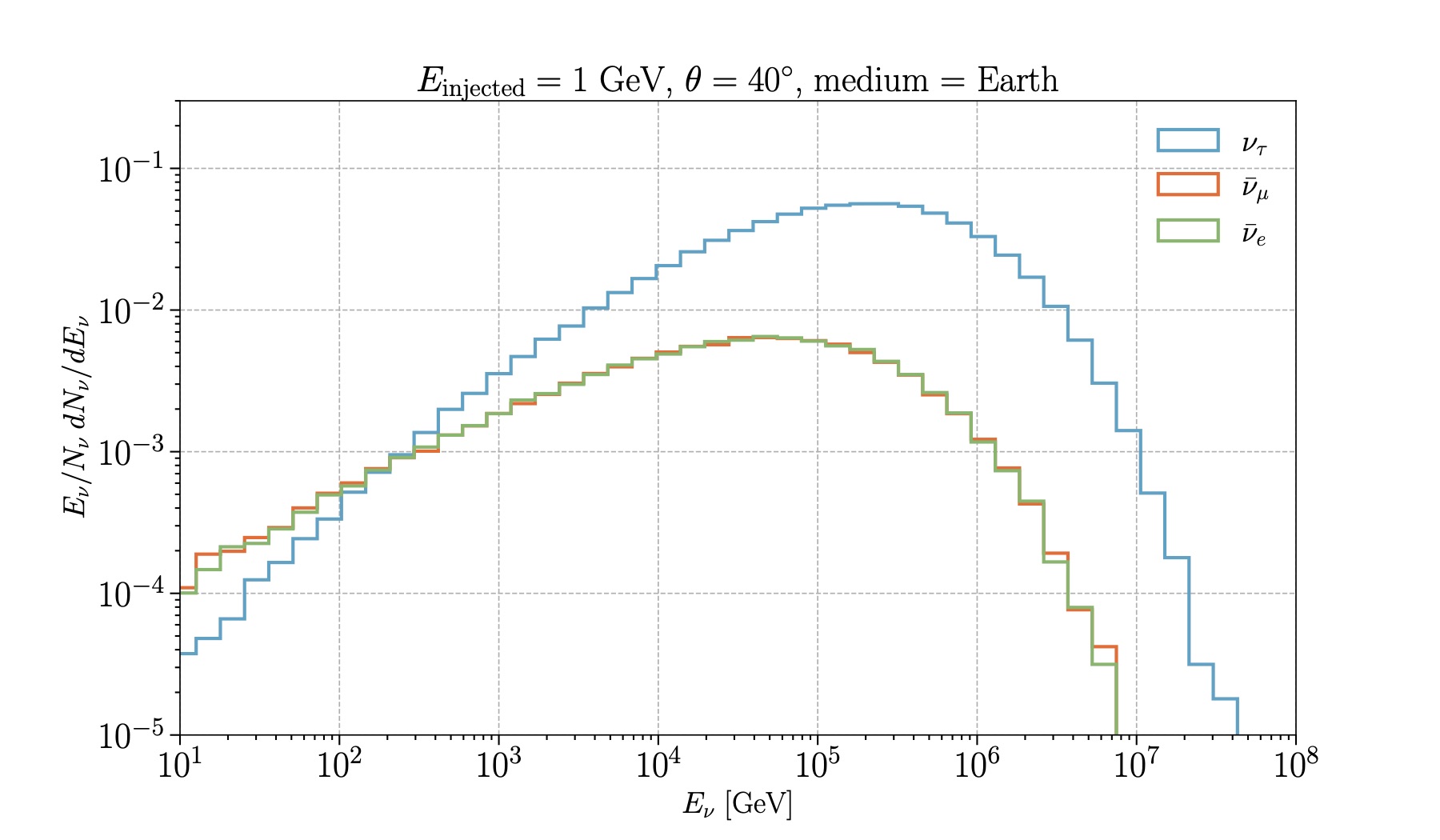The Dark Matter Properties of the Most Extreme Galaxies in the Early Universe
Supervised by Dr. Sarah Wellons and Prof. Claude-André Faucher-Giguère from the
Center for Interdisciplinary Exploration and Research in Astrophysics (CIERA) at Northwestern University.
Recent observations have revealed an interesting kind of "extreme" galaxy: one that forms very early in the Universe’s history (within a couple billion years after
the Big Bang)
and has a stellar mass at least ten times that of the Milky Way. As the Universe expands and gravitational-instability collapses bodies which later merge
to yield more massive systems, galaxies are formed in dark matter haloes. Some dark matter halo properties are: halo mass, halo growth rate, concentration,
spin, environment, etc. This work attempts to understand which halo properties determine the properties of the extreme galaxies that form within them
using IllustrisTNG, a cosmological and hydrodynamical galaxy formation simulation.
We studied the full population of central galaxies with \(M_\star>10^9\:\mathrm{M}_\odot\) at \(z=3\). The stellar mass and halo mass functions of this population
are shown in panel (a) of the figure below. We selected the 20 galaxies with the highest stellar mass as these would be considered "extreme" (shaded in blue).
The resulting sample all have \(M_\star>10^{11.23}\:\mathrm{M}_\odot\). Also, we examine a “complementary” sample of galaxies with comparable halo
mass but lower stellar mass than the top 20 sample (shaded in red). The top 20 stellar mass sample is plotted on the stellar-halo mass relation and colored by their specific star
formation rates (sSFR) (see panel (b)). From the stellar-halo mass relation, we see that the most massive
galaxies do not always live in the most massive haloes. Thus, halo mass is not sufficient to determine where the extreme galaxies will live.
Additionally, the sSFR of the high mass sample do not follow a clear trend,
i.e. the star formation activity does not depend on stellar or halo mass. By looking at \(M_\star(z)\) and \(M_\mathrm{DM}(z)\) of all systems in both samples,
we see that galaxy population and masses grow with time.
Another halo property we evaluated was
concentration, which is a measure of how densely the halo’s matter is distributed through space. We assume the NFW dark matter density profile and from it we
calculate the mass profile within the sphere with boundary at \(r = R_{500}\) (which is the radius in which the mean density is 500 times the critical density of the Universe)
and set the virial radius \(R_\mathrm{vir}\) to \(R_{200}\). We can relate these halo properties to the concentration \(c_\mathrm{NFW}\) as
\[\tilde{m}\left(\ln(1+c_\mathrm{NFW})+\frac{c_\mathrm{NFW}}{1+c_\mathrm{NFW}}\right)=\ln(1+\tilde{r}c_\mathrm{NFW})+\frac{\tilde{r}c_\mathrm{NFW}}{1+\tilde{r}c_\mathrm{NFW}}\]
where \(\tilde{m}\equiv M_{500}/M_{200}\) and \(\tilde{r}\equiv R_{500}/R_{200}\). The next step was to numerically solve for \(c_\mathrm{NFW}\) for all systems at redshift 3 and relate it to
halo mass in a density map shown at the bottom of panel (b). The time evolution of concentration for both high and low mass samples is given at the bottom
of panel (c) and we see that \(c_\mathrm{NFW}\) remains relatively unchanged over cosmic time
for both samples and thus appears surprisingly to not be a halo parameter that plays a role in early galaxy formation.

In summary, we studied halo mass, star activity, and concentration with the objective to learn about the essence of early-forming massive galaxies but found that none of the
mentioned properties fully determine where these extreme galaxies form. This is incredibly important as the link between a galaxy and its home halo is so fundamental that,
in principle, studying some halo properties should give a lot of information to describe the nature of a galaxy. However, extreme galaxies appear to be much more complex.
Perhaps by studying other halo properties such as growth rate, spin, and environment we can unveil whether they are significant for describing early galaxy formation.
The role of baryons may also be a nontrivial contribution to examine in further studies.
This material is based upon work supported by the National Science Foundation under grant No. AST-1757792.
References
[1] Marinacci, F., Vogelsberger, M., Pakmor, R., et al. 2018, MNRAS, 480, 5113
[2] Naiman, J. P., Pillepich, A., Springel, V., et al. 2018, MNRAS, 477, 1206
[3] Navarro, J. F., Frenk, C. S., & White, S. D. M. 1996, ApJ, 462, 563.
[4] Nelson, D., Pillepich, A., Springel, V., et al. 2018, MNRAS, 475, 624
[5] Peebles, P. J. E. 1969, ApJ, 155, 393
[6] Pillepich, A., Springel, V., Nelson, D., et al. 2018a, MNRAS, 473, 4077
[7] Pillepich, A., Nelson, D., Hernquist, L., et al. 2018b, MNRAS, 475, 648
[8] Springel, V., Pakmor, R., Pillepich, A., et al. 2018, MNRAS, 475, 676
[9] Valentino, F., Tanaka, M., Davidzon, I., et al. 2020, ApJ, 889, 93
[10] Weinberger, R., Springel, V., Hernquist, L., et al. 2017, MNRAS, 465, 3291


